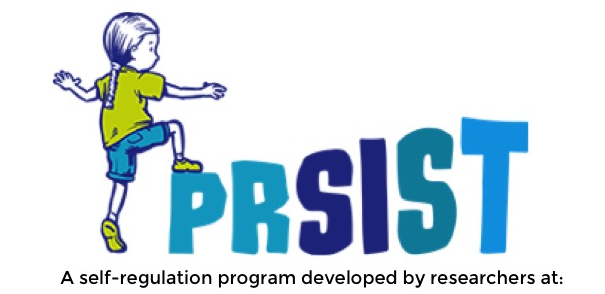
Who Says?
What to do: This game involves playing two characters, using two dolls or puppets as props. Introduce the game as children having to carry out the instructions of one character, but not the other (because they are tricky and like to tell you to do the wrong thing). The character to be copied should give the instructions most of the time, followed every so often by the character children should not listen to. After each ‘don’t copy’ action, have children who were successful take a step forward and children who were unsuccessful take a step backward. The game continues until a child has reached the facilitator.
Too easy? How to increase challenge: Revert to classic ‘Simon Says’ rules. Most of the time instructions should begin with “Simon says…” (e.g., “Simon says put your hands above your head”), in which case children should copy the action. However, every so often say an action that doesn’t begin with “Simon Says” (e.g., “Put your hands on your knees”), which the children must ignore (they must remain in the previous pose). Give these instructions fairly rapidly, so it is challenging to resist carrying out actions. Even harder? After an initial run-through of this game, you can then select a child to be ‘Simon’ to lead the next round of the game.
Ideal formation(s): Small group, large group, or individual.
What it does: This activity challenges children’s ability to maintain attention, remember the rules, and resist the impulse to simply carry out all instructions provided. For children who lead the game, it also provides an opportunity for leadership and making choices.
Links to EYLF:
- Demonstrate an increasing capacity for self-regulation; Take considered risks in their decision-making and cope with the unexpected; Persist when faced with challenges and when first attempts are not successful (from Outcome 1.2)
- Make choices, accept challenges, take considered risks, manage change and cope with frustrations and the unexpected (from Outcome 3.1)
- Engage in increasingly complex sensory-motor skills and movement patterns; Combine gross and fine motor movement and balance to achieve increasingly complex patterns of activity including dance, creative movement and drama (from Outcome 3.2)
- Persist even when they find a task difficult (from Outcome 4.1)
- Develop an ability to mirror, repeat and practice the actions of others, either immediately or later (from Outcome 4.3)
- Respond verbally and non-verbally to what they see, hear, touch, feel and taste (from Outcome 5.1)




